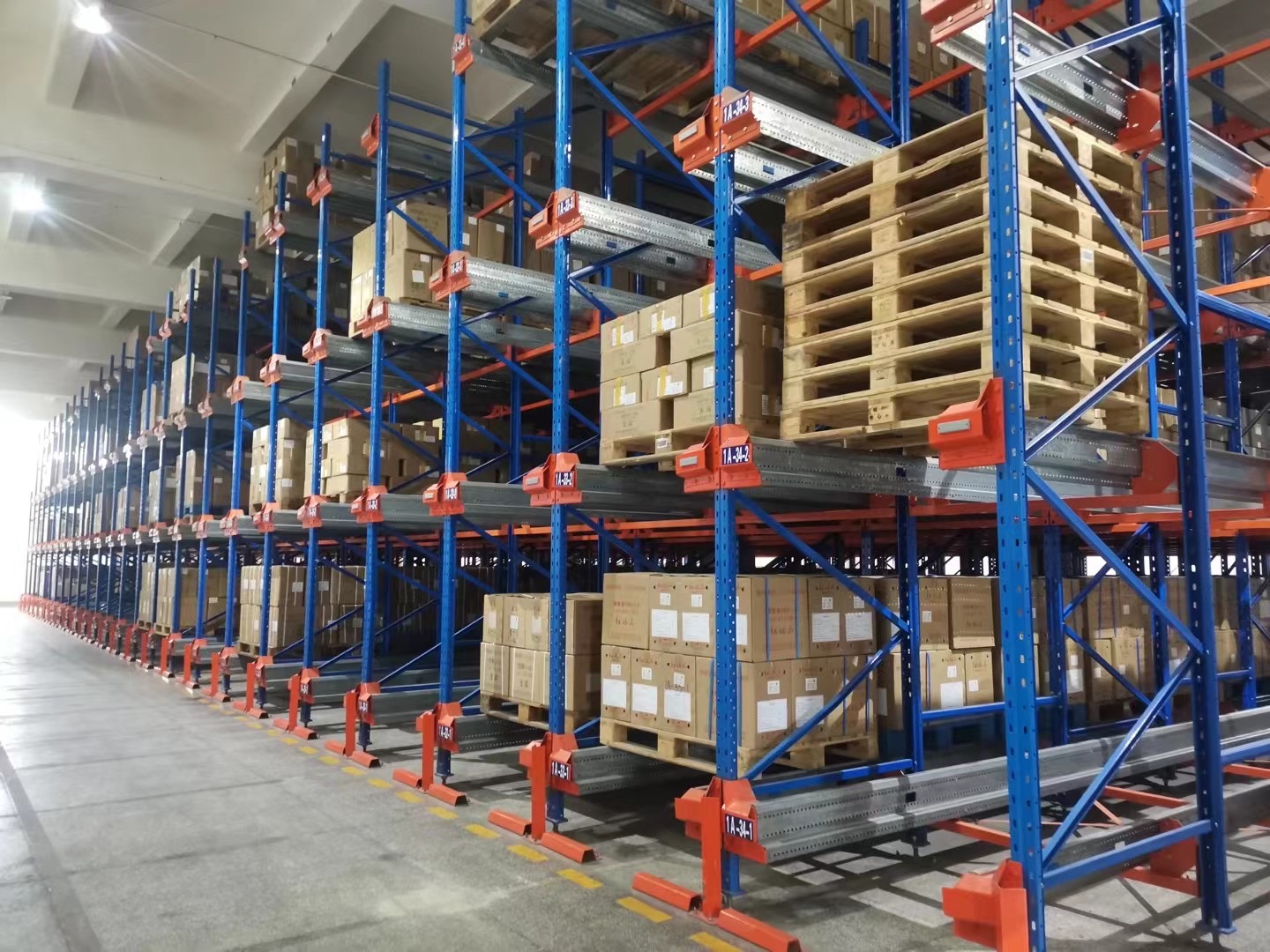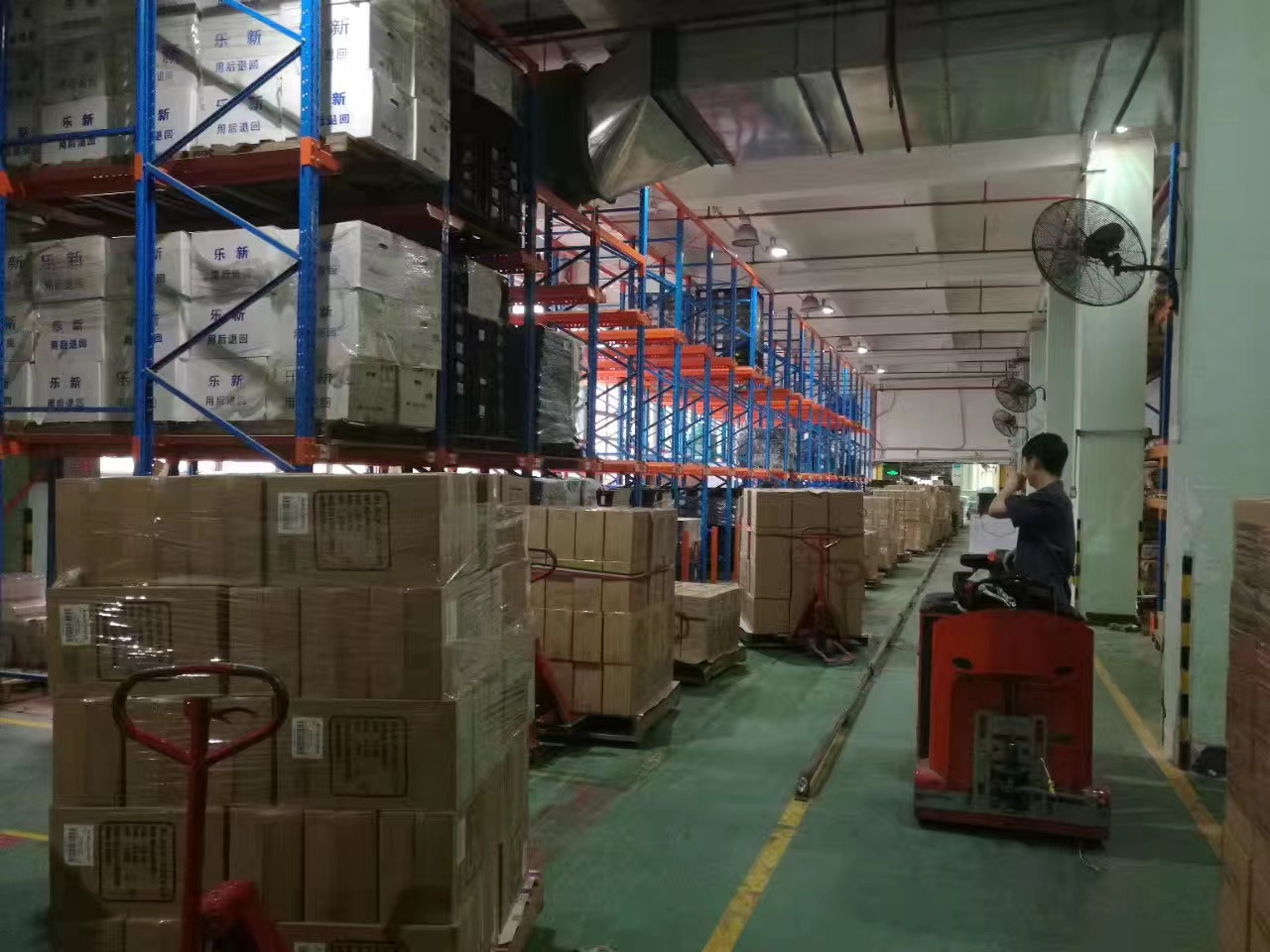When it comes to optimizing storage space and improving operational efficiency in a warehouse, the right storage solutions are paramount. Among the most critical components in any warehouse storage system are pallet racks. These structures form the backbone of inventory management, allowing businesses to store large quantities of goods systematically and safely. Whether you're setting up a new facility or upgrading an existing one, understanding the intricacies of warehouse rack systems is essential. This article delves into the world of pallet racking, exploring its types, benefits, common issues, and best practices for implementation. By the end, you'll have a comprehensive understanding of how to leverage pallet storage solutions to enhance your warehouse operations.

Pallet racking refers to the material handling storage system designed to store materials on pallets. These systems are integral to modern warehouses, distribution centers, and other industrial storage facilities. The primary purpose of pallet rack systems is to maximize storage density while allowing easy access to stored items. A typical racking system in warehouse environments consists of upright frames, beams, and wire decking or other components that support palletized loads. By utilizing vertical space, these systems help businesses make the most of their available square footage.
The design and configuration of pallet racks can vary significantly based on the specific needs of the operation. Factors such as the type of goods stored, weight requirements, and accessibility needs all influence the choice of system. From selective racks to drive-in racks, each type offers unique advantages tailored to different storage scenarios. Understanding these options is the first step toward implementing an efficient pallet storage solution.
Selective Pallet Racking
Selective pallet racking is the most common type of racking system in warehouse facilities. It allows direct access to every pallet, making it ideal for warehouses with high SKU variety and frequent inventory turnover. This system features upright frames with horizontally mounted beams, creating multiple levels of storage. The simplicity and versatility of selective racks make them a popular choice for many businesses.
Drive-In and Drive-Through Racking
Drive-in and drive-through pallet racking systems are designed for high-density storage. In these configurations, forklifts drive directly into the rack structure to place or retrieve pallets. Drive-in racks have a single entrance, while drive-through racks have entries on both ends. These systems are suitable for storing large quantities of similar products, though they offer less accessibility than selective racks.
Push-Back Racking
Push-back pallet rack systems are another high-density solution that uses a series of nested carts on inclined rails. When a new pallet is loaded, it pushes the existing pallets back. This last-in, first-out (LIFO) system is excellent for warehouses with multiple pallets of the same product but requires careful load management.
Pallet Flow Racking
Pallet flow racking employs a dynamic storage method where pallets move along inclined rails using gravity. This first-in, first-out (FIFO) system is ideal for perishable goods or products with expiration dates. The constant movement ensures that the oldest inventory is accessed first, reducing the risk of obsolescence.
Mezzanine Flooring with Pallet Racks
For warehouses with limited floor space, mezzanine flooring integrated with pallet storage racks can double or triple storage capacity. Mezzanines create additional levels within the warehouse, providing extra space for pallet racking without expanding the building's footprint.
Maximized Storage Space
One of the most significant advantages of a well-designed racking system in warehouse operations is the ability to utilize vertical space. By stacking pallets vertically, businesses can store more inventory in the same area, reducing the need for larger facilities and lowering real estate costs.
Improved Accessibility and Efficiency
Pallet racks organize inventory in a way that makes it easily accessible. With clear aisles and designated storage locations, forklift operators can quickly locate and retrieve items, speeding up order fulfillment and reducing labor costs. This efficiency is crucial for maintaining competitive advantage in fast-paced industries.
Enhanced Safety
A properly installed and maintained pallet racking system enhances warehouse safety. These structures are designed to handle heavy loads securely, reducing the risk of collapses or accidents. Additionally, features like beam locks and column protectors add extra layers of safety, protecting both employees and inventory.
Scalability and Flexibility
Warehouse rack systems are highly scalable and can be reconfigured as storage needs change. Whether expanding operations or reorganizing inventory, businesses can adjust their pallet storage layouts without significant downtime or expense. This flexibility is invaluable in dynamic market conditions.
Cost-Effectiveness
Investing in a robust racking system in warehouse settings can lead to long-term cost savings. By optimizing space and improving efficiency, businesses can reduce operational costs and increase profitability. Moreover, durable pallet racks have a long lifespan, providing excellent return on investment.

Improper Installation
One of the most prevalent issues with pallet racking is improper installation. If the system is not assembled correctly, it can compromise structural integrity, leading to collapses and accidents. It's crucial to follow manufacturer guidelines and hire experienced professionals for installation to ensure safety and reliability.
Overloading
Exceeding the weight capacity of pallet racks is a common mistake that can have disastrous consequences. Each component of the racking system in warehouse environments has a specific load rating, and ignoring these limits can cause beams to bend or frames to collapse. Regular training and clear labeling of load capacities can prevent overloading.
Damage from Equipment
Forklifts and other material handling equipment can accidentally damage pallet racking components. Even minor dents or bends in upright frames or beams can weaken the entire structure. Implementing protective measures like guard rails and column protectors, along with operator training, can mitigate this risk.
Lack of Maintenance
Like any industrial equipment, pallet racks require regular maintenance to remain safe and functional. Neglecting inspections and repairs can lead to unnoticed damage that escalates over time. Scheduled inspections by qualified personnel are essential to identify and address issues early.
Inadequate Design for Needs
Choosing the wrong type of racking system in warehouse facilities can lead to inefficiencies and safety hazards. For example, using selective racks for high-density storage might waste space, while drive-in racks might not suit fast-moving inventory. Conducting a thorough needs analysis before selection is critical.
Non-Compliance with Standards
Pallet racking systems must comply with industry standards and regulations, such as those set by OSHA or RMI. Non-compliance can result in fines, legal issues, and increased accident risks. Ensuring that the system meets all relevant standards is a fundamental aspect of warehouse management.
Regular Inspections and Maintenance
Routine inspections are vital for maintaining the integrity of pallet racking systems. Visual checks should be conducted daily by warehouse staff, with more thorough professional inspections annually or after any impact. Any damaged components should be replaced immediately to prevent failures.
Proper Training for Employees
All employees working with or around pallet racks should receive comprehensive training. This includes forklift operators, who must understand how to handle loads safely without damaging the racks, and floor staff, who should know how to report issues promptly.
Load Capacity Management
Clearly labeling the load capacities for each section of the racking system in warehouse areas helps prevent overloading. Warehouse managers should also ensure that loads are evenly distributed and that pallets are correctly positioned on beams to avoid instability.
Use of Safety Accessories
Incorporating safety accessories like beam locks, column protectors, and aisle guards can significantly enhance the safety of pallet storage systems. These additions help prevent accidental dislodging of beams and protect against impacts from equipment.
Strategic Layout Planning
Designing the layout of the warehouse rack system with efficiency and safety in mind is crucial. This includes planning aisle widths to accommodate equipment, ensuring clear pathways, and positioning racks to optimize workflow and accessibility.
Automation and Integration
The future of pallet racking is increasingly tied to automation. Automated storage and retrieval systems (AS/RS) are becoming more common, integrating with racking system in warehouse setups to enhance efficiency and reduce labor costs. These systems use robotics to store and retrieve pallets, maximizing speed and accuracy.
Sustainable Materials
As sustainability gains importance, manufacturers are developing pallet racks from recycled materials and designing them for recyclability. This trend aligns with the growing emphasis on eco-friendly practices in logistics and supply chain management.
Advanced Safety Features
Innovations in safety technology, such as sensors that detect damage or overloads, are being integrated into pallet racking systems. These features provide real-time monitoring and alerts, helping prevent accidents before they occur.
Customization and Modularity
The demand for customizable and modular racking system in warehouse solutions is rising. Businesses seek systems that can be easily adapted to changing needs without complete overhauls, driving innovation in flexible design and components.
Warehouse pallet racking is a foundational element of efficient storage and logistics operations. From selective racks to high-density systems, the right pallet racking solution can transform warehouse productivity and safety. However, understanding common issues like overloading, damage, and improper installation is essential for maintaining a reliable system. By adhering to best practices and staying abreast of trends, businesses can ensure their pallet storage infrastructure supports their goals both now and in the future. Investing in a well-designed racking system in warehouse environments is not just about storage—it's about building a resilient, efficient, and scalable operation.
 Wechat
Wechat
 Whatsapp
Whatsapp